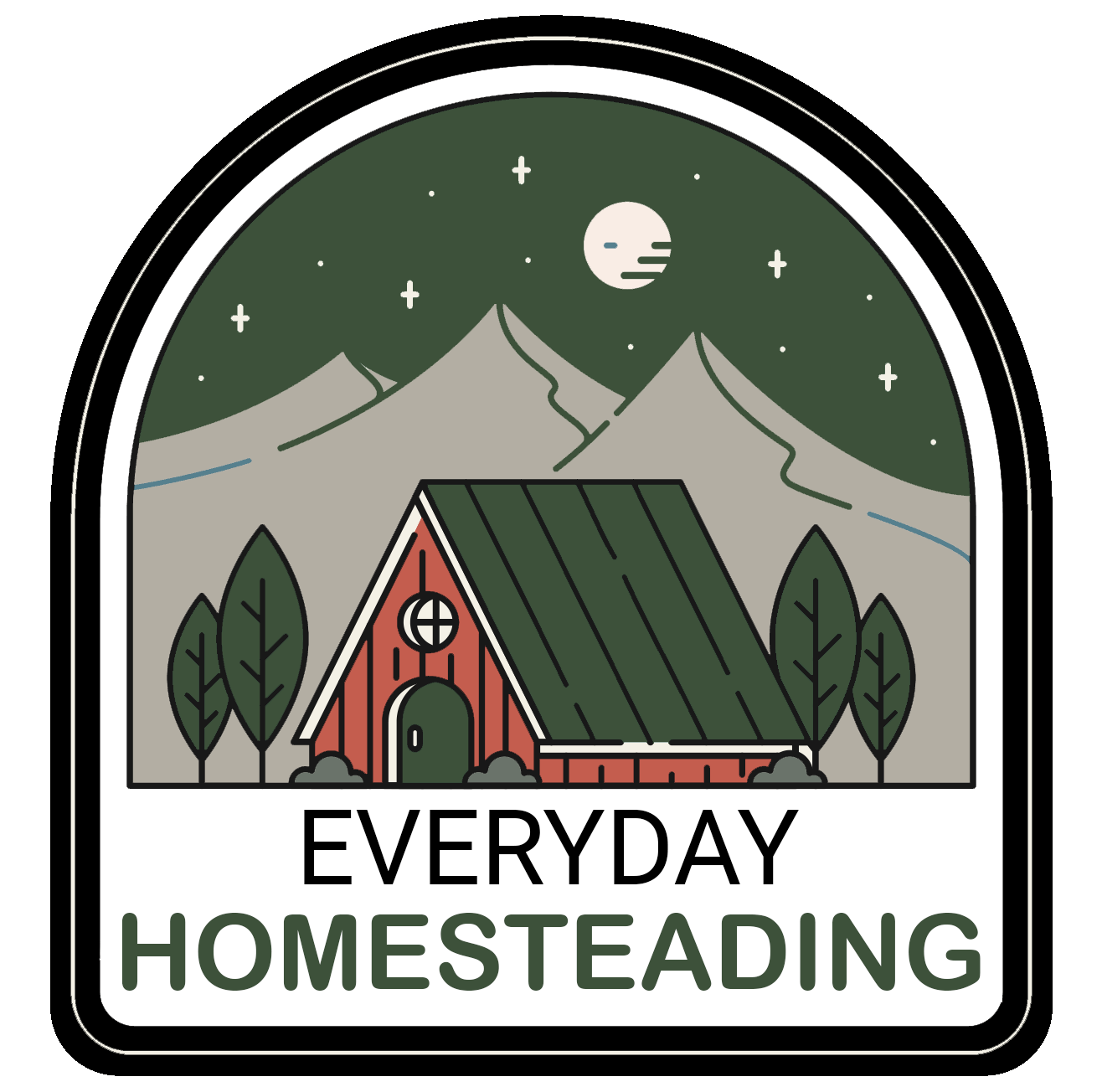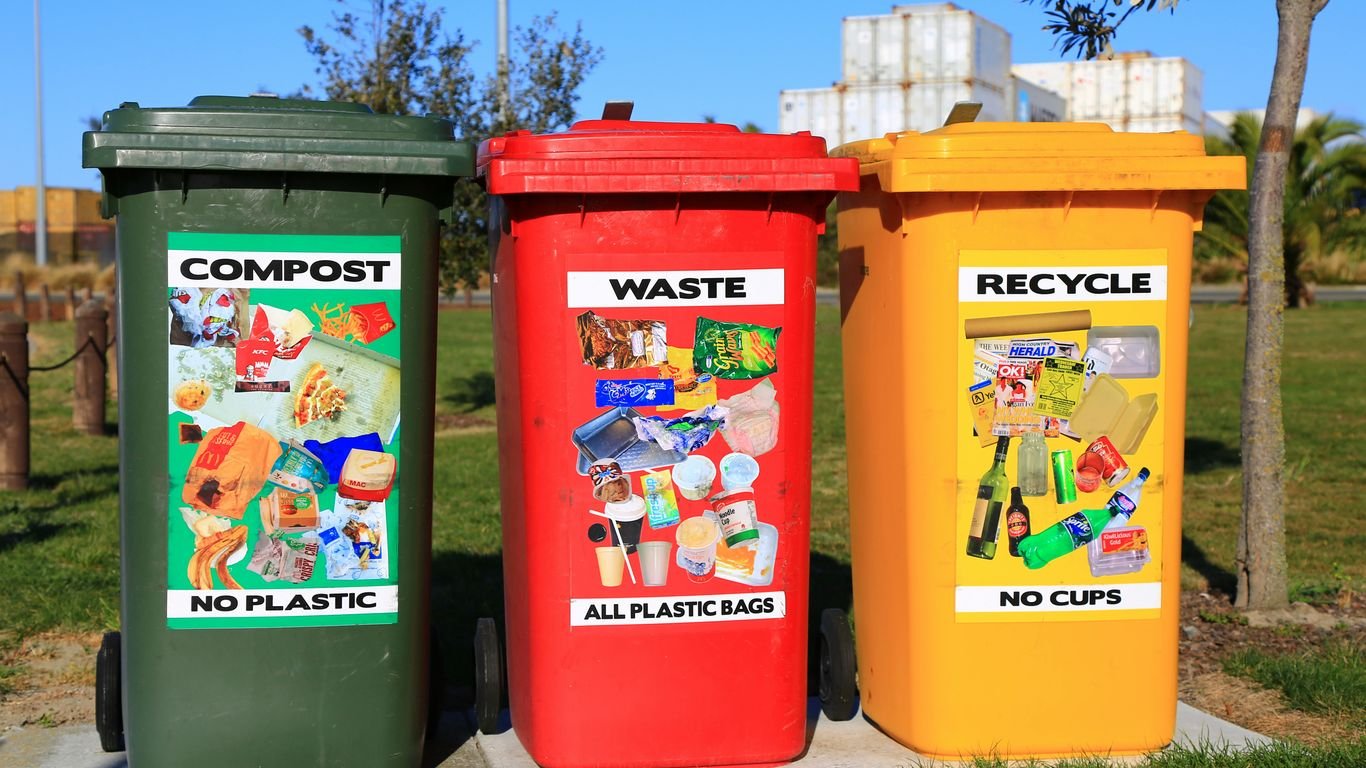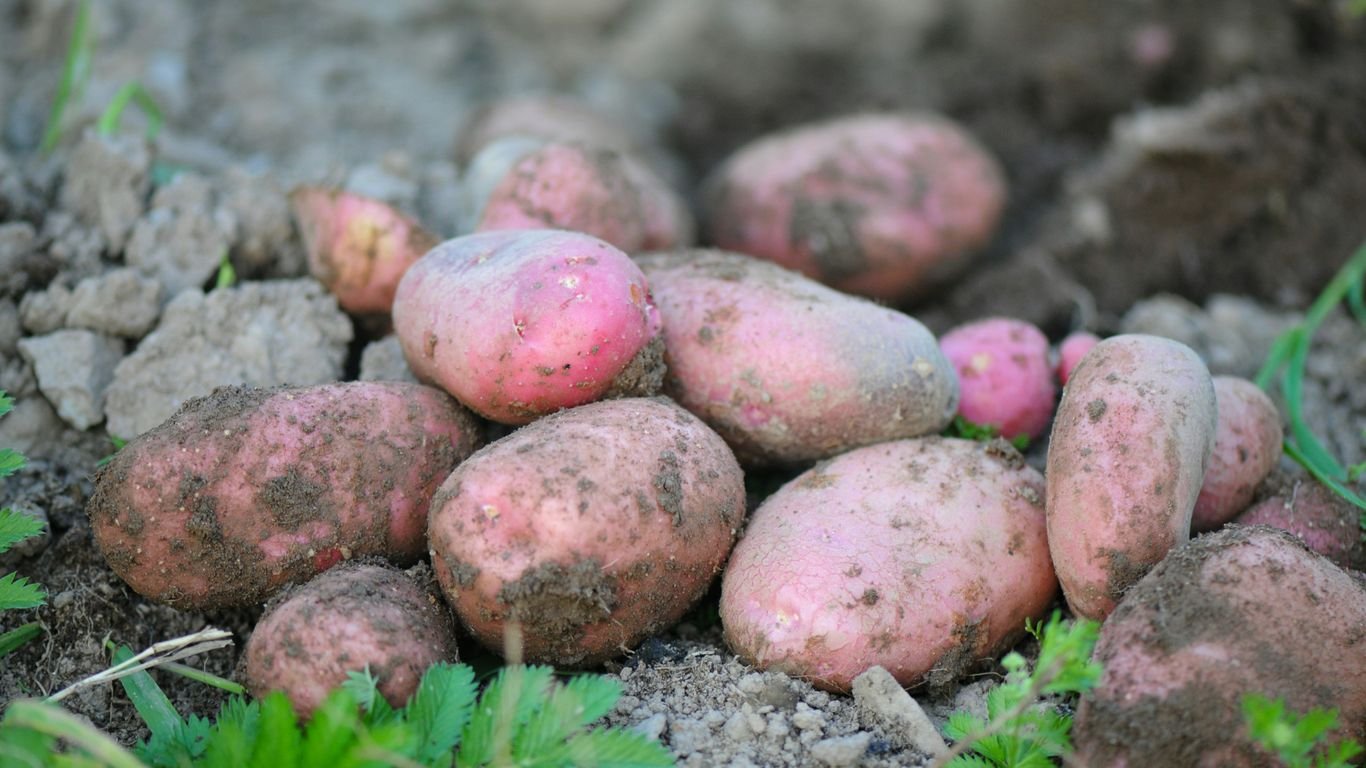Turning Your Garden Into Cash: Profitable Crops to Grow

We’ve been digging into ways to make our garden work harder for us, turning those green thumbs into a bit of extra cash. It’s not about turning your backyard into a giant farm, but more about being smart with what we grow and how we sell it. We’re looking at crops that give us a good return without needing acres of land or a huge time commitment. Think of it as a little side hustle powered by sunshine and soil.
Key Takeaways
- Garlic is a great option for making money with less effort, planted in the fall and harvested in the summer.
- Mesclun mixes can be grown in trays for quicker profits, reducing weeding and harvesting time.
- Starting a backyard nursery by propagating perennials can provide long-term income, as plants grow in value over time.
- Consider specialty herbs and flowers, as well as unique crops like ginseng or mushrooms, for higher profit margins.
- Success depends on understanding your local market, planting at the right times, and using intensive growing methods to maximize yield in small spaces.
Cultivating High-Value Crops For Your Garden

When we think about making money from our gardens, it’s easy to get overwhelmed. We see all these amazing farms and think, ‘How can my little backyard compete?’ But honestly, with the right approach, we can definitely turn our green thumbs into some extra cash. It’s all about picking the right plants and being smart about how we grow them.
Garlic: A Low-Effort, High-Reward Crop
Garlic is one of those crops that just keeps on giving. It doesn’t demand a ton of attention once it’s in the ground, but the payoff can be pretty sweet. We can plant it in the fall, let it overwinter, and then harvest it in the summer. Plus, there are so many varieties, from the common hardneck to the milder softneck types, each with its own unique flavor profile that can appeal to different customers. Selling fresh garlic bulbs or even braided garlic can be a great earner. It stores well, too, which means we can sell it for a longer period.
Mesclun Mixes: Quick Profits From Greens
If you’re looking for something that grows fast and turns over quickly, mesclun mixes are fantastic. These are basically a blend of young, tender salad greens. We can sow them, harvest them in just a few weeks, and then sow again. This rapid cycle means we can get multiple harvests from the same space in a single season. Think about offering a variety of textures and flavors – peppery arugula, mild spinach, crisp lettuce. It’s a simple way to provide fresh, healthy produce that people love to buy for their salads. We can even experiment with different combinations to create our own signature mixes.
Specialty Herbs And Flowers For Early Markets
Getting an early start can give us a real edge. Growing things like specialty herbs and edible flowers in a greenhouse or under protection allows us to get to market before everyone else. Imagine offering fresh basil, cilantro, or chives when they’re still hard to find elsewhere. Edible flowers like nasturtiums or pansies can add a beautiful, gourmet touch to dishes and command a higher price. This is where we can really stand out by offering something unique and seasonal. It’s a great way to capture those early-season shoppers who are eager for fresh flavors. We can also look into growing popular items like heirloom tomatoes for a similar effect.
Choosing the right crops is only part of the equation. We also need to think about our local market. What are people looking for? What’s not readily available? Doing a little research can help us pick the winners for our specific area.
Maximizing Profits With Specialty Produce
When we think about making money from our gardens, it’s easy to get stuck on the usual suspects. But if we want to really boost our income, we need to look beyond the everyday vegetables. This is where specialty produce comes in. We’re talking about those unique, high-value items that can bring in serious cash, even from a small backyard space.
Beyond Staples: Unique Crops For Backyard Growers
Big farms often focus on staple crops because they can grow them in huge quantities. That’s not our game. We can’t compete on volume with a massive CSA or a big organic operation down the road. But what they can’t always do is grow a wide variety of niche items. This is our sweet spot. By growing small amounts of truly special crops, we can command higher prices. Think about things that are a bit unusual, or perhaps have a reputation for being difficult to grow, but are highly sought after by chefs or discerning customers. These high-dollar specialty crops are our ticket to higher profits per square foot.
Ginseng: A Historical Cash Crop
Ginseng has been prized for centuries, especially in traditional medicine. While it takes a long time to grow – often 5-10 years for mature roots – the payoff can be substantial. It requires specific shade conditions, often achieved by planting under a forest canopy or using shade cloth structures. The soil needs to be well-drained and rich in organic matter. Because of the long growing period and specific needs, it’s not for the impatient gardener, but the potential returns are significant for those willing to invest the time. It’s a crop that requires careful planning and patience, but the market for high-quality ginseng remains strong.
Mushrooms: Indoor Growing For Small Spaces
If you’re looking for something that doesn’t need a lot of outdoor space, consider growing mushrooms. We can set up mushroom cultivation in a basement, a spare room, or even a small shed. Different types of mushrooms have different needs, but many popular varieties like oyster or shiitake mushrooms can be grown on substrates like sawdust or straw. The key is controlling the environment – maintaining the right humidity, temperature, and air exchange. This allows for year-round production, independent of the weather. Plus, mushrooms grow relatively quickly compared to ginseng, offering a faster return on investment. We’ve found that offering a mix of mushroom varieties, like the common white button alongside more exotic oyster or lion’s mane, can really capture customer interest.
Growing specialty crops isn’t just about planting something different; it’s about identifying a market gap and filling it with high-quality, unique produce. This requires research into what your local market desires and what you can realistically grow well in your specific conditions. Don’t be afraid to experiment with a few new things each season to see what resonates with your customers and brings in the best returns.
We can also look into extending our harvest season with crops suitable for cold frames, which can provide a steady income stream even when the weather turns chilly.
Starting A Backyard Nursery For Extra Income

Thinking about turning your green thumb into a bit of extra cash? We’ve found that starting a backyard nursery can be a really rewarding way to do just that. It’s not just about selling plants; it’s about nurturing life and watching it grow, literally. This venture extends your income potential well beyond the typical spring planting rush. If you focus on perennials, you won’t have to stress about unsold stock at the end of the season. Just give them a little winter protection, and they’re ready to go next year. It’s a patient game, but the payoff can be significant.
Propagating Perennials For Long-Term Gains
Propagating plants from cuttings is surprisingly straightforward. Honestly, all it really takes is a bit of time and patience. Those little elderberry cuttings we took last year, which we might have sold for a few dollars as trimmings, could eventually become full-sized potted bushes fetching $25 to $30 each. The time, patience, and space you invest in growing them out really pay off down the line. It’s a bit like planting a seed for your future income.
- Start with easy-to-propagate plants: Things like hydrangeas, hostas, and many herbs are good starting points.
- Master the cutting technique: Learn the best time of year and the right part of the stem to take for successful rooting.
- Provide the right conditions: Use a good potting mix, keep cuttings moist, and provide adequate light and humidity.
We’re actually building up our own perennial collection as part of a long-term plan. We’re planting a variety of perennials throughout our property, many of which are edibles like elderberries. While we wait for them to mature enough to be used as cutting sources for the nursery, we get to enjoy the fruit. It’s a win-win.
Selling Seedlings: A Lucrative Spring Venture
Selling vegetable seedlings in the spring is a pretty obvious, yet highly profitable, choice. Think about it: tomato seeds cost next to nothing, but a healthy, well-started plant can easily sell for $5 or more. Sure, there are costs for soil and pots, but the profit margin is still fantastic. You’re essentially investing your time and effort to give others a head start, saving them the trouble of starting from seed. If you get the right equipment, like a small backyard greenhouse, you can get a jump on the season and produce seedlings early enough to capture the market. We found that looking at the local market helps a lot; see if there’s a demand for specific types of plants, maybe something a bit more niche than just standard tomatoes. You can even grow your own produce from scraps if you’re looking to save money on groceries growing your own produce.
Landscaping Trees And Shrubs: High-Ticket Items
While selling small seedlings is great, don’t overlook the potential of larger, more mature plants. Landscaping trees and shrubs represent a higher price point and can bring in significant income. This requires more space and a longer growth period, but the return on investment can be substantial. Imagine selling a mature ornamental tree that took several years to grow – the profit margin is considerably higher than for a small annual seedling. It’s a different kind of patience, but one that can lead to bigger financial rewards. You’re not just selling a plant; you’re selling a piece of a future landscape.
Smart Strategies For Profitable Crop Choices
When we first started thinking about turning our garden into a source of income, it felt a bit overwhelming. There are so many options, and it’s easy to get lost in the excitement of growing something new. But we quickly learned that just growing stuff isn’t the same as growing profitable stuff. The real trick is to be strategic about what you plant. It’s not just about picking what looks pretty or what you personally like to eat; it’s about understanding the market, your own backyard, and how to make every square foot work for you.
Evaluating Your Environment and Market
Before you even think about seeds, take a good, hard look at your situation. What’s your climate like? How much sun do you get? What kind of soil do you have? These aren’t just gardening questions; they’re business questions. Some crops just won’t thrive in certain conditions, no matter how much you baby them. Equally important is knowing your market. Who are you selling to? Are you aiming for a local farmers’ market, a CSA (Community Supported Agriculture) program, or maybe even restaurants? Each has different demands. For instance, a restaurant might want a consistent supply of a specific, less common herb, while a farmers’ market crowd might go for quick-growing, popular salad greens. Understanding these needs helps you pick crops that will actually sell.
Timing Is Everything: Early and Late Season Crops
This is where we found a lot of our early success. Think about it: in the early spring, when most people are still waiting for their gardens to warm up, having fresh produce is a huge advantage. We found that by using some protected growing spaces, like cold frames or a small greenhouse, we could get crops like radishes, spinach, and even some early carrots and beets to market weeks before anyone else. This allows you to charge a premium price because you’re one of the few, or maybe the only, source. Similarly, planning for late-season crops can extend your selling window. This strategy is all about filling gaps in the market. You can find some great tips on planning for these extended seasons in resources like The 52-Week Harvest.
Intensive Planting for Maximum Yields
Once you’ve chosen your crops and figured out your timing, the next step is to maximize what you can get out of the space you have. This is where intensive planting comes in. It’s a method that focuses on getting the most harvest from the smallest area. This often involves techniques like:
- Close Spacing: Planting crops closer together than traditional row spacing allows, but not so close that they compete negatively.
- Succession Planting: Planting the same crop multiple times throughout the season, a few weeks apart, to ensure a continuous harvest.
- Intercropping: Planting different crops together that benefit each other or mature at different times, making use of the space more efficiently.
We learned that by using techniques like these, we could dramatically increase our yield per bed. It requires careful planning and management, but the payoff in terms of income per square foot is significant. It’s about working smarter, not just harder, to get the most out of your soil and your time.
Choosing the right crops and planting them strategically is key to turning your garden into a profitable venture. It takes some planning and observation, but the rewards are definitely worth it.
Profitable Crops To Grow: Proven Winners
When we’re looking to make the most of our garden space and time, focusing on crops that consistently bring in good returns is key. It’s not just about what’s easy to grow, but what actually sells and keeps us coming back for more. We’ve found that a few specific plants just seem to perform better year after year, offering a reliable income stream with manageable effort. These aren’t necessarily the most exotic options, but they are the workhorses of a profitable garden.
Carrots and Beets: Small Space, Big Returns
Don’t underestimate the power of root vegetables like carrots and beets. They might seem common, but they can be incredibly profitable, especially when you get your timing right. We’ve found that starting them early, sometimes even indoors under lights and then transplanting to a greenhouse, gives us a significant edge. This allows us to be one of the first vendors at the market with fresh produce, commanding a better price and building a loyal customer base right from the start. Intensive planting methods in raised beds mean we can pack a lot of these into a small area, maximizing the income per bed. Using pelleted seeds also helps with precise spacing, cutting down on thinning time.
- Why they work: Quick turnaround, high yield in small spaces, early market advantage.
- Our method: Start indoors, transplant to greenhouse, use intensive planting, pelleted seeds.
- Varieties we like: Nantes (carrots), Chioggia (beets).
Ground Covers: Low Maintenance, High Profit
This might sound a bit unusual, but certain ground cover plants can be surprisingly lucrative. Think about plants that spread easily and require minimal fuss once established. Customers often look for attractive, low-maintenance options for their own gardens, and these fit the bill. We focus on varieties that are popular for their aesthetic appeal and hardiness. Selling them in larger pots or as established clumps can fetch a good price, and the propagation is often straightforward, meaning less labor for us.
Lavender: Popularity Drives Demand
Lavender is a plant that seems to have enduring popularity, and for good reason. Its beautiful scent, attractive flowers, and culinary and medicinal uses make it a consistent seller. We’ve found that customers are often willing to pay a premium for well-grown lavender plants, especially those with a strong fragrance. It’s also a crop that doesn’t require constant attention once it’s established, making it a good choice for maximizing profits with less ongoing labor. We focus on popular varieties known for their oil production and bloom quality, which customers often seek.
Focusing on these proven winners allows us to streamline our growing process and marketing efforts. By concentrating on crops with a track record of profitability and demand, we reduce the guesswork and increase our chances of a successful harvest and sale. It’s about working smarter, not just harder, in our garden ventures.
So, What’s Next?
We’ve talked about a bunch of ways to turn your garden into a money-maker, from fancy garlic to little herb plants. It’s not always easy, and yeah, sometimes it feels like a lot of work. But seeing those plants grow and knowing you can sell them? That’s pretty cool. Remember, it’s not just about picking the ‘best’ crop, but picking what works for your yard, your time, and what people around you actually want to buy. Start small, learn as you go, and don’t be afraid to try something new. Who knows, your garden might just become your favorite little business.
Frequently Asked Questions
What kind of crops can we grow in our garden to make money?
We can grow a variety of crops that bring in good money. Things like garlic, special salad greens called mesclun, and unique herbs and flowers are popular. We can also look into growing things like ginseng, mushrooms indoors, or even start a small nursery for plants.
How can we make money from growing plants, not just vegetables?
Starting a backyard nursery is a great way to earn extra cash. We can grow plants from cuttings, like elderberry bushes, and sell them when they’re bigger. Perennials are good because if they don’t sell one year, we can just let them grow and sell them the next. We can also sell seedlings in the spring, which have a really good profit margin.
Is garlic really a good money-maker for a small garden?
Yes, garlic can be one of the easiest crops to grow for profit. We plant it in the fall when other garden work is done, and it doesn’t need much attention over winter. We can sell it for a good price per pound, and we even save enough to replant for the next year. It’s a pretty perfect crop for us.
What are some quick crops we can grow for fast profits?
Mesclun mixes, which are a mix of young salad greens, are fantastic for quick profits. We can grow them in trays with a soil-less mix, which makes harvesting and cleaning much easier. We just need to water them and feed them regularly, then clip, rinse, and bag them up for sale. They sell well at markets.
How do we decide which crops will sell best in our area?
We need to think about our specific garden spot and what people in our local area like to buy. It’s also important to consider the time of year. Growing crops early in the spring or late in the fall can mean we’re one of the few sellers, allowing us to charge a bit more. We should also look at what other local gardeners are growing.
Can we really make a lot of money from just a small garden space?
Absolutely! By planting crops intensively, meaning we pack them in close together, we can get a lot more out of a small area. Crops like carrots and beets are great for this. Also, growing specialty items that aren’t common, or focusing on high-value plants like certain herbs or even landscaping trees and shrubs, can bring in significant income even from a backyard.






